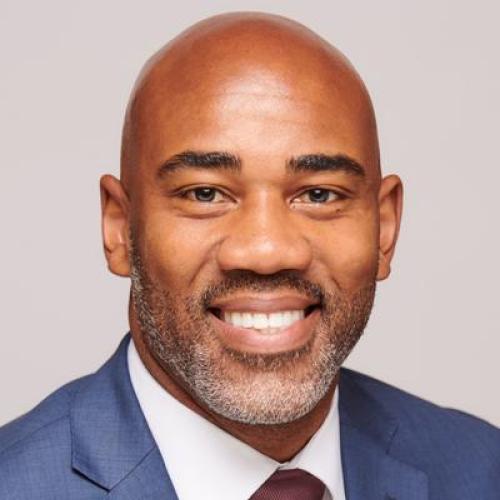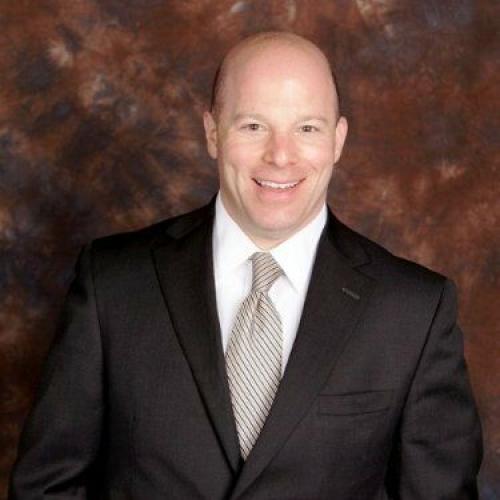Across the country, colleges and universities are thoughtfully navigating concerns around higher education in today’s world. Fortunately, many forward-thinking leaders are embracing this moment not as a setback, but as an opportunity—an opportunity to innovate, to rethink traditional higher ed models, and to chart a new course that attracts and empowers the next generation of leaders.
Meet three current higher education administrators who are at the forefront of our changing ecosystem.
Social Responsibility
Sure, there are countless data points showing that a college degree leads to higher lifetime earnings and increased opportunities for socioeconomic mobility. But at the end of the day, the true impact of higher education is that it leads to diversity of thought and perspective that generates breakthroughs that positively impact our society —whether medical, social, economic, etc.
Dr. Robert Snyder, manager of the Business Design and Optimization Group at Georgetown University, puts it quite succinctly by sharing the power and promise of higher ed: “We make leaders for our society.”
However, fellow higher education administrator Dr. Richmond Hill, Campus Provost at Northern Virginia Community College (NOVA), points out that it’s not just students who need to be aware of their social responsibility — it’s the administration as well. Now is the time to reflect on how we can position our institutions as a producer of socially responsible individuals — including ourselves — and consider what that means for building a more engaged, globally conscious community.
Holistic Connection
More and more students are opting for asynchronous learning experiences over traditional brick-and-mortar classrooms. Touchpoints with advisors and counselors are increasingly virtual rather than in-person, and at the same time, students are experiencing historic highs of anxiety, depression, loneliness, and difficulty forming meaningful connections. While colleges and universities are escalating mental health support systems, it’s important to emphasize the value of physical, spiritual, and interpersonal connection in fostering student well-being.
Dr. Debra Bright, Associate Vice Provost for Student Affairs at the George Washington University, notes, “The work we’re doing now really does require in-person and full-on engagement. The students are struggling to adjust to college life, especially first-gen students. They’re counting on student affairs professionals to help them get oriented to the space, connected to student organizations to ‘find their tribe,’ and to find the support they need.” Tools like active listening, empathy and resource sharing help students create holistic connections that touch upon mind, body, and spirit for a more meaningful campus experience.
Creativity & Innovation
Another trend Dr. Hill has noticed is that today’s students are far more entrepreneurial than past generations. He recalls overhearing a group of undergraduates discussing business logistics and finances, being impressed with their enterprising nature, and thinking he was not in the same headspace at that age. “We’ve got to be eyes wide open and very nimble and agile,” explains Dr. Hill.
The question, then, is: how can we adapt our systems and spaces to better support this enterprising mindset and meet the evolving needs of today’s students?
At NOVA, an empty ballroom was reworked into a data center operations training facility—an example of how institutions can creatively repurpose underused space to meet emerging needs. In graduate education, there’s a clear shift toward certificates, microcredentials, and stackable credentials over traditional degree programs. At the same time, alternative pathways are growing in popularity for undergraduate students. The student population itself is also evolving, with more diverse and non-traditional learners entering the classroom—bringing with them a wide range of lived experiences that colleges must recognize, integrate, and support.
Leading with creativity and innovation and paying attention to current trends will help higher education institutions adapt to changing tides and create a model that is built to serve today’s students.
Scholarship & Research
Higher education offers hands-on access to scholarship and research, which requires critical thinking for meaningful outcomes. It pushes us to challenge assumptions, think differently, and unlock our full potential. When we connect learners to scholarship and research, we create transformative experiences with the power to change lives.
For Dr. Bright, earning a terminal degree in higher education administration allowed her to explore ideas she had been contemplating while gaining a deeper understanding of the theories that informed her work in student affairs. For Dr. Hill, it brought together his experiences in K–12 and higher education, helping him grow into the kind of educational leader he aspired to become. And for Dr. Snyder, it connected him to the scholarship of higher education, allowing him to make a meaningful research contribution to the field. As higher education administrators, these three are helping future leaders on their journey to learn and develop.
If you’re also looking to become a more strategic leader at your institution , a graduate degree in higher education administration may be the way to go. The George Washington University offers a master's and doctoral program, which both have a unique focus on cultivating scholarly identities, inquiry-driven learners, critically reflective practitioners, and socially just practices.
We would like to offer a special thanks to the GW Graduate School of Education and Human Development (GSEHD) Higher Education Administration alumni that provided their expertise for this article:

Dr. Debra Bright (EdD '10)
Associate Vice Provost for Student Affairs at the George Washington University

Dr. Richmond Hill (EdD '20)
Campus Provost at Northern Virginia Community College (NOVA)

Dr. Robert Snyder (EdD '17)
Manager of the Business Design and Optimization Group at Georgetown University


